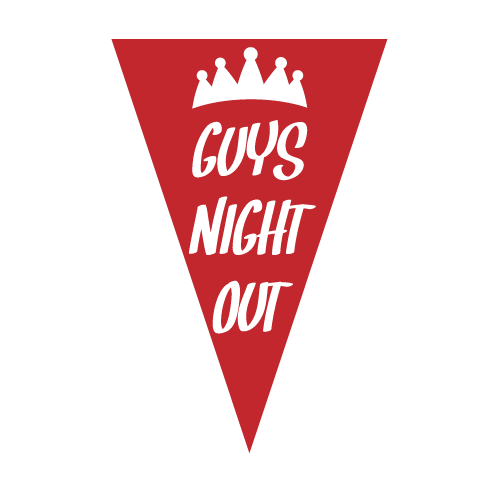Introduction
The hospitality industry suffered the biggest damages from the coronavirus quarantine. Not only did governments around the world shut down restaurants, cafes and bars in order to prevent the spread of the virus, but that was also one of the initial anti-coronavirus measures. And while some businesses are starting to feel the effects of the crisis now, restaurants have been feeling them for months.

Luckily, thanks to technology, you can stay connected to your visitors and interested audiences even during the quarantine. Here are our tips on how to do that:
- Address the Situation
Don’t sweep the crisis situation under the rug. The first step to continuing and increasing interaction with your customers on online channels is to address what’s happening and explain what your restaurant is doing about it.
You can use these online services and tools to help you explain the situation to your customers and how it’s affecting your business: GrabMyEssay (a market of writers ready to create according to your requirements), Canva (create visual infographics and explanations of how your restaurant is managing the crisis), BestEssayEducation (find writers who will be in charge of your PR), Google Forms (collect opinions, feedback and criticism from your restaurant customers).
- Amp up Social Media Interaction
If you rarely posted on social media due to the busy situation on the field, now is the time to completely change that. Spread your activities to channels that you neglected so far and sign up for business pages if you don’t have them already.
Here are some post ideas that your visitors will like:
- non-coronavirus content – we all have enough of that already on our newsfeeds
- recipes – many of your customers are baking at home now; share some of your popular recipes
- chef tips and tricks – share a little Culinary School course on your social media profile
- throwbacks – post photos of your restaurant before the quarantine
A great way to spark and maintain engagement with your visitors is to ask questions below posts, which can trigger a discussion in the comments. Ask them to share their favourite meal from your restaurant, their favourite recipe they make at home, secret tips for cooking and baking… You can also organize polls if you want to know more about the public’s opinion about your restaurant and food.
- Check in via Email
You can use emails from orders that you received online to set up a newsletter and stay in touch with your visitors. Use this space to expand the conversation to social media, where you regularly post versatile content.
“All businesses should utilize the power of email at this moment, but don’t overdo it. Remember, the majority of users’ inboxes are now full of emails such as how we are responding to this crisis and how to work from home. Don’t be one of those and when you do send out something, make sure it’s really valuable to the recipients”, says Estelle Liotard, a writer at TrustMyPaper.
An important thing to remember with email newsletters is to not over-do it. Always ask yourself whether the information you are about to send is valuable, informative or entertaining.
- Host Live Cooking Shows
Using Live options on social media networks such as Facebook or Instagram, you can now organize and host your very own cooking show with very little resources! Just set up a camera, bring in a chef from your restaurant who is not camera-shy, and start rolling. You can present some of the most popular recipes in your restaurant or present a new take on traditional dishes.
This type of content is a recipe for success because it incorporates two popular approaches: live (which people love watching because it’s natural and authentic) and cooking shows (which have been consistently popular for decades). Just remember that you’re presenting this information to non-professionals, so always be clear in your explanations and terms you’re using.
- Create Videos and GIFs
Another viral-friendly content category is, of course, video and animation. Videos have been all the rage these past years on social media, which is why you will rarely see static images on your newsfeed anymore. It has been especially notable in the food industry, where channels like Tasty developed a multiple million following based on well-put-together cooking videos.
As you’re preparing your orders, just use a high-quality camera and catch a glimpse of the preparation process or the serving. Food is incredibly aesthetic and you don’t have to be a photography artist to get a yummy-looking photo.
You can use this content for all social media channels, but gather it all on YouTube. If you post consistently, your restaurant might end up being a new superstar!
- Ensure Delivery Options
Finally, we’ve reached the point of real-world connection to your customers. In many countries in the world, restaurants are closed, but delivery is allowed. For some, this means more business than ever (fast food places, affordable foreign cuisines, etc.), but for others, it practically translates to zero business (high-end restaurants).
When your business depends on a single channel of sales, you have to diversify the partners you are depending on. Establish multiple connections with delivery services to make sure your orders are delivered quickly and professionally. If you decide to do delivery in-house, you will probably need to up your capacity when it comes to drivers and vehicles.
Conclusion
Even businesses that are out of business, can do a lot for their customer engagement and satisfaction through the web and social media. Open all communication channels and track them carefully in order to make sure every message from friendly visitors gets a reply.






































